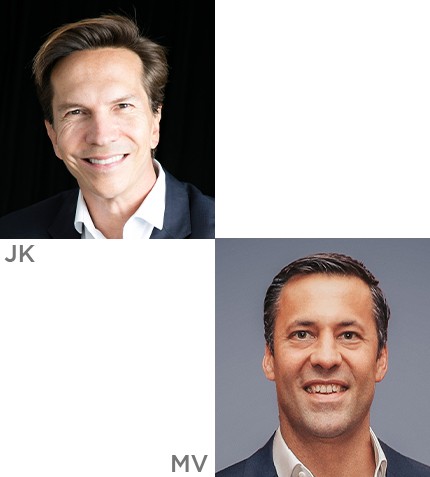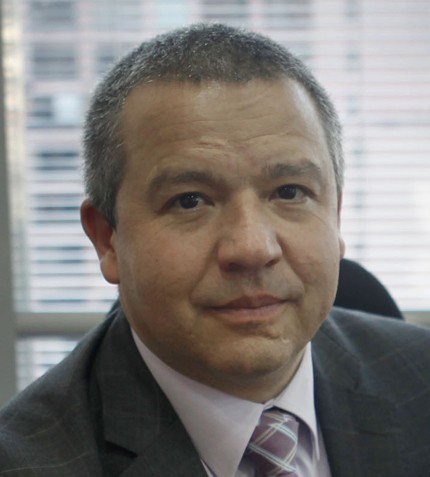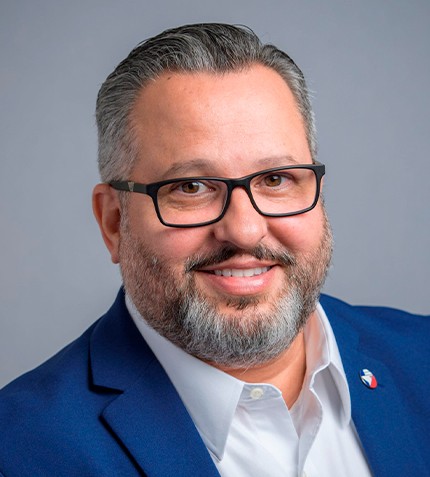
"A combination of unprecedented shipping costs coupled with steeply rising raw material costs and challenges around securing raw materials has had the entire additives industry struggling to pass on their costs."
John Hong
APAC SALES DIRECTOR AND SINGAPORE COUNTRY HEAD, INFINEUM
Infineum is a global manufacturer of petroleum additives for lubricants and fuels. How has the company performed in 2021?
Last year was very challenging for the additives industry. A combination of unprecedented shipping costs coupled with steeply rising raw material costs and challenges around securing raw materials has had the entire additives industry struggling to pass on their costs. On top of these challenges came the sudden surge in energy prices in late 2021 that continued well into this year. Compared to previous years, natural gas is now five times more expensive in Europe and three times more expensive in Singapore. Chemical companies can normally absorb a 10-20% price increase and pass it on to consumers, but today the price is difficult to manage and it is exacerbated as we speak by the Russia-Ukraine crisis. At Infineum, we grew our volumes, but we struggled to translate the higher sales into greater profitability.
What is the relationship between the price of crude oil and the lubes & fuel additives markets?
he crude oil price is certainly one but not the only determinant of chemical prices. The price of basic materials moves together with the oil price, and it is also indirectly affected by the price of diesel. When the oil price goes down, the cost of chemical materials comes down too, but customers typically expect some savings to be passed on to them. On the other hand, when the oil price goes up together with the costs of our raw materials, we face stiff resistance from customers to pass on the higher costs. The other big factor is around supply-demand fundamentals of specialty chemicals: The snowstorm in Texas last year created one of the largest force majeures in history among our raw material suppliers. When this event happened, the concern is not the price of the raw material but securing sufficient supply.
How have logistics in Singapore evolved since last year?
Other than the shipping rate for dry bulk transportation, logistics prices for bulk liquids remain very high. Depending on the regions one supplies to and from, the shipping rate is between 50% to 500% higher compared to previous years. For example, rates for Singapore-India trade routes have gone up by 500%. The route between Singapore and the US Western Coast is four times more expensive.
Infineum recently launched a broad portfolio of E-fluid additives. How is Infineum capturing growth in the EV market?
Infineum is investing considerably in this segment, consistently improving its e-mobility additive technology. EVs and hybrid cars also need fluids like coolants for their moving parts, and we make power transmission fluids for both. At the same time, Infineum remains very close to our strength – power transmission and combustion engine fluids – which represent more than 90% of our global production capacity. We work with OEMs closely, establishing a position in the growing EV sector while also remaining a reliable partner for the traditional internal combustion engine (ICE) market.
Singapore announced plans to further increase the carbon tax by 2030. How is this impacting the manufacturing sector?
Regardless of the carbon tax, all chemical companies in the country have embarked on their own sustainability programs and are internally motivated to cut down their carbon emissions. In 2021, Infineum published its first sustainability report, defining a framework to measure and control our sustainability footprint. Corporate performance is now intimately linked to sustainability performance, and I believe this kind of internal regulation and the mission underscoring it is just as important as national initiatives. The carbon tax is necessary to align with the EU’s newest Carbon Border Tax that obliges all importers and non-EU manufacturers to pay for carbon emissions associated with the goods they sell in the EU, with effect in 2026. That means that everyone will need to abide by the same rules, whether producing in Singapore or in other parts of Asia, to sell in the EU.
What are your key objectives in the short to mid-term?
In the short-term, we all have to navigate the Russia-Ukraine conflict and there are many opinions as to what an ethical corporate position should look like. In the medium term, sustainability is at the forefront of our agenda. Finally, our long-term strategy is to grow especially in segments like the marine, railroad, or power transmission sectors, where the electric transition is the slowest to occur.










